Stars-and-shitt-blog - Stars And Moons And Space And Shit

More Posts from Stars-and-shitt-blog and Others

meanwhile, in Facebook’s PR department

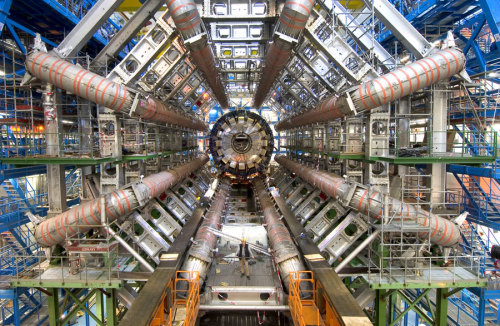
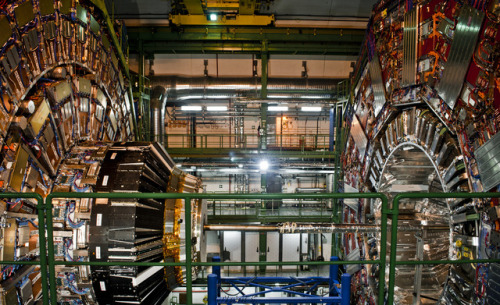
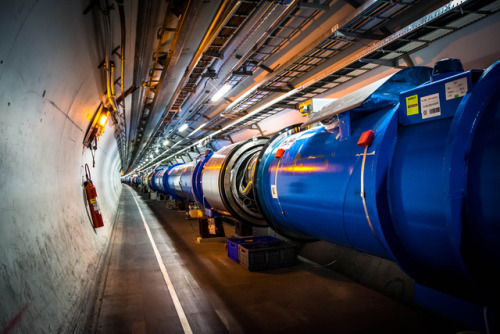
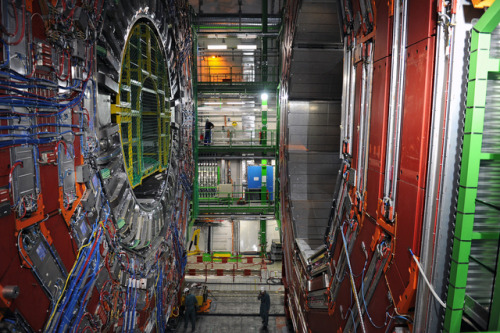
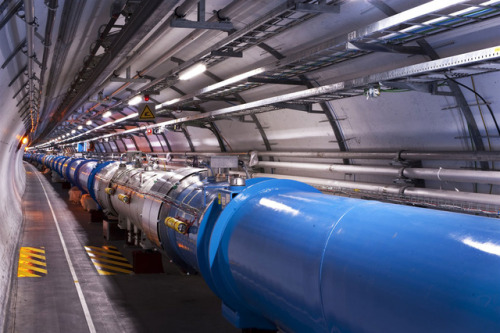
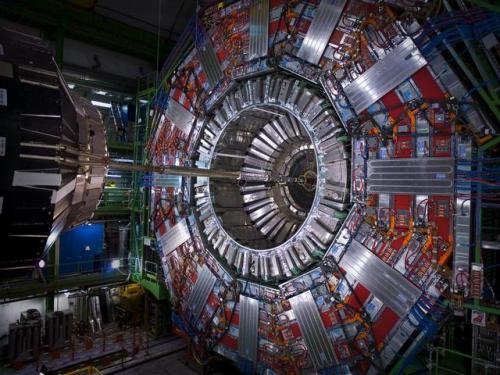
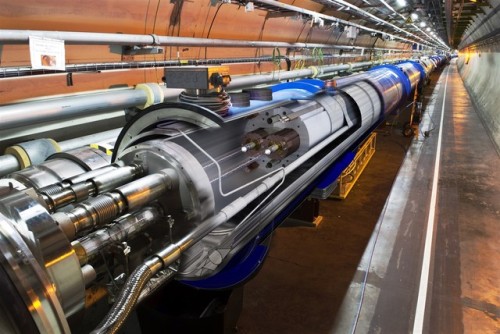
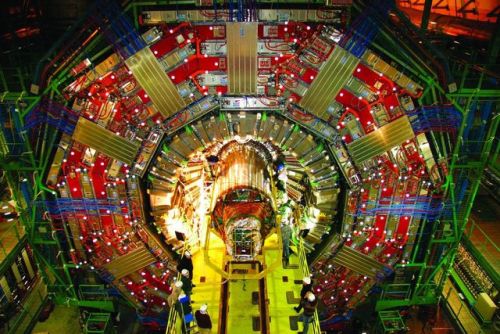
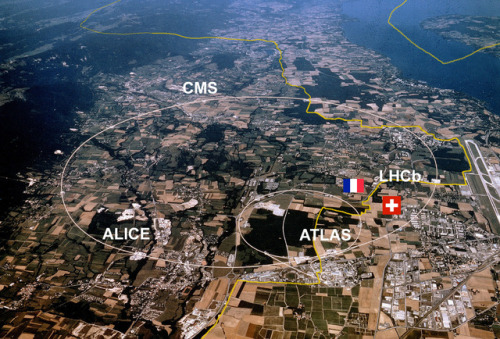
The Large Hadron Collider
The Large Hadron Collider (LHC) is the world’s largest and most powerful particle collider, the most complex experimental facility ever built, and the largest single machine in the world. It was built by the European Organization for Nuclear Research (CERN) between 1998 and 2008 in collaboration with over 10,000 scientists and engineers from over 100 countries, as well as hundreds of universities and laboratories. It lies in a tunnel 27 kilometres (17 mi) in circumference, as deep as 175 metres (574 ft) beneath the France–Switzerland border near Geneva.
The aim of the LHC is to allow physicists to test the predictions of different theories of particle physics, including measuring the properties of the Higgs boson and searching for the large family of new particles predicted by supersymmetric theories, as well as other unsolved questions of physics.
All the controls for the accelerator, its services and technical infrastructure are housed under one roof at the CERN Control Centre. From here, the beams inside the LHC are made to collide at four locations around the accelerator ring, corresponding to the positions of four particle detectors – ATLAS, CMS, ALICE and LHCb.
Image credit: CERN, FermiLab (Vlad Savov, Julien Nyczak, Maximilien Brice).
source
Click here to learn more
me every morning: the search for sock




Happy Valentine’s Day 💝💞💜💜💖💘💕❣️
Another year means another round of funny space themed Valentine’s Day cards! Send them to your boyfriend, girlfriend, friends, mom, dad, and siblings!
Oh and your pets…send them to your pets too. 💙💙💙💙💙💙💙💙💙💙💙
![Lunar Eclipse [1/31/2018] - For More Images Of The Cosmos Click Here](https://64.media.tumblr.com/e0ad6745a96d1016353dcadebf29f24e/tumblr_p3kjfp38IV1w094hwo1_500.jpg)
Lunar Eclipse [1/31/2018] - For more images of the cosmos Click Here
11/02/2018
Tried to look at stars through my window however couldn't see anything I blame British weather, while my neighbour hid in my bed because it was cold

Super Blue Blood Moon Eclipse composite (OC) 2018, Melbourne Australia - For more images of the cosmos Click Here
Do you think it’s possible that Pluto is an escaped moon of Neptune, and if not, why not? The opinions I can find on the matter leave me a bit confused.
Well, first of all I’m not an expert and my explanation may be wrong. I’ve heard of it, but it seems that hypothesis is not very likely. If pluto has orbited Neptune before, it would have to have a phenomenon with an extremely large energy so that Pluto would leave the Neptunian orbit and manage to escape.
Although at some point the orbits of Pluto and Neptune “ get close ”, it is still far enough away that they do not interact, and Pluto has an inclined orbit compared to Neptune. These factors make it even more difficult.

Galaxy NGC 7331
Image credit: NASA/ESA, Hubble
-
 lizzcxo reblogged this · 3 years ago
lizzcxo reblogged this · 3 years ago -
 vaelunival reblogged this · 4 years ago
vaelunival reblogged this · 4 years ago -
 violetbooklover liked this · 4 years ago
violetbooklover liked this · 4 years ago -
 fairyofdeath reblogged this · 5 years ago
fairyofdeath reblogged this · 5 years ago
I enjoy telescopes too much for my own good. (PS. my header is fireworks because nothing else fits yet)
38 posts